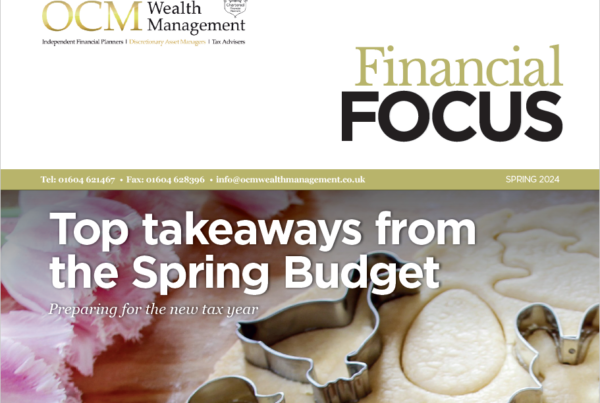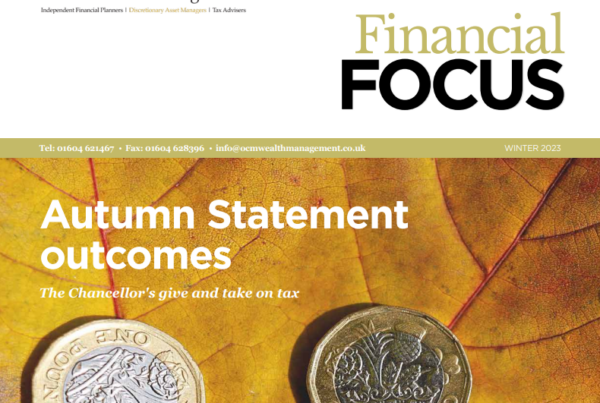Caterpillar, is it a good barometer on global economic health?
Yesterday was a very interesting day in the markets. We saw something which isn’t usually seen nor expected. We like looking at the Caterpillar Stock price as it is a good gauge of global economic health as the company will do well in a boom stage and slow down in a recovery phase of the economic cycle. when the global economy is doing relatively well, so does the company as the demand for their products increases and is a barometer of economic activity.
There are four main indicators that move the financial markets. Employment data, Inflation, Consumer Activity and Investor Activity. Currently, based on where we are on the economic cycle, all four indicators are being questioned and is usually the case at this phase of the cycle. We saw Caterpillar yesterday impact the markets as they had their quarterly results in yesterday in which they highlighted better than expected Earnings Per Share (EPS) and increase in revenues. When this data was released at 12:30 GMT, the pre-market stock price increased to around $160 a share. Despite this, the share price dropped once the US market opened and when the CEO of CAT, Jim Umpleby, highlighted a couple of concerns in the investors review at 16:00 GMT.
In this review meeting, it was highlighted by the management of Caterpillar that the robust performance in the first quarter was the “high watermark” for the year and the company would not have the same pricing power in the remainder of 2018 to pass on the increased material costs. Rising material costs following US President Donald Trump’s crackdown on steel imports could hurt its earnings in the coming quarters. This has feared the markets and has dragged down US stock markets yesterday in the wake of the realisation that we maybe reaching the end of the earnings cycle as cost pressures are rising and future earnings will be tested, despite earnings beating estimates based on rising demand for equipment. Caterpillar, which serves as a bell weather for global economic activity has therefore highlighted that they may struggle given the macro climate and earning session which the risks of costs increasing.
Despite this, we are still in a strong earnings session with equities remaining strong and Earnings Per Share (EPS) remaining relatively high. Demand for heavy equipment remains strong, especially in China which is a relief as if they start slowing down, then the entire world is at risk. It is unusual for Caterpillar to call a top in its earning reports in the first quarter of 2018. The fear that steel prices are rising could be a real issue on firms that product economic goods. Caterpillar’s problems may be more specific to the company rather than investors, however research and development and other spending was slow in the first period, so it will be relatively high for the rest of 2018. The macro gloom may be overdone too. Caterpillar’s results have soon a rising demand for equipment which would indicate that global economic health is still strong and resilient. Caterpillar’s conservatism is well-known, too. So, while raw materials account for 70 to 80 percent of the cost of goods for construction-equipment makers, the companies benefit from replacement demand for machinery: About 40 percent of Cat’s revenue is from construction, where it’s forecasting robust growth.
For anyone who wants further data to substantiate the position please review the attached Global Economic News Document.
Model Portfolios & Indices
Over the last week we have seen most of the indices that we track improve with most of the gains being made in Asia and in Europe. From the attached global economic summary, in the Money Flow Index, we will see that Investors are getting back into Europe as valuations are looking attractive. Asian markets are now a bit cautious about interest rates and the US economy. As the markets were open last night, there was a broad sell off overnight in nearly every sector on Wall Street, with materials, technology and industrial firms hit the hardest. Analysts said investors have been rattled by disappointing earnings recently and US Treasury yields touching 3% for the first time since 2014. A risk-free return of 3% on US Treasuries might be too tempting for some investors to ignore.
With regards to our model portfolios, they have improved since last week, with Active 8 (most aggressive model portfolio) returning approximately 1.14% and Active 3 (least aggressive model portfolio) returning approximately 0.65%. This further justifies our position that the global financial markets have some room left to offer up some yield, hence why we are fully invested in the model portfolios. Despite the volatility in the markets we have seen since the beginning of February, our asset allocation is firmly invested in areas of strong conviction and we do intend to remain invested until the economic data suggests otherwise, and we see what central bankers are planning on doing with raising interest rates. The volatility at the beginning of the year took many investors to surprise, however by cyclically adjusting the portfolios, we are able to hedge the risks and skew our investments to strong conviction sectors.

Important Information
The data above will not directly correlate to the indices as there is always a delay in pricing because the US markets close significantly later than the European markets and the Asian markets. The data set above reflects the last close and much of the days movements will not yet be reflected in the portfolios due to pricing delays. You cannot therefore directly correlate indices to the portfolios. The value of investments may fluctuate in price or value and you may get back less than the amount originally invested. Past performance is not a guarantee of future performance. Performance figures quoted include the fund manager charges but exclude other fees such as adviser, custodian, switch and/or discretionary investment management fees. Unless otherwise instructed and accrued, income is reinvested into the portfolio.
This Day in History
On this day in 1953, Two Cambridge scientists, Francis Crick and James Watson, publish a paper detailing the structure of DNA, sparking a revolution in molecular biology that paves the way for genetic research. Their discovery lead to genetic engineering, stem cell research and DNA fingerprinting, and to the mapping of the human genome. Happy birthday genetic research!!!
As always have a wonderful week and stay safe.
VBW
Jason
Jason Stather-Lodge CFP, MCSI, APFS
CEO & Founder
Chartered & Certified Financial Planner
Chartered Wealth Manager



